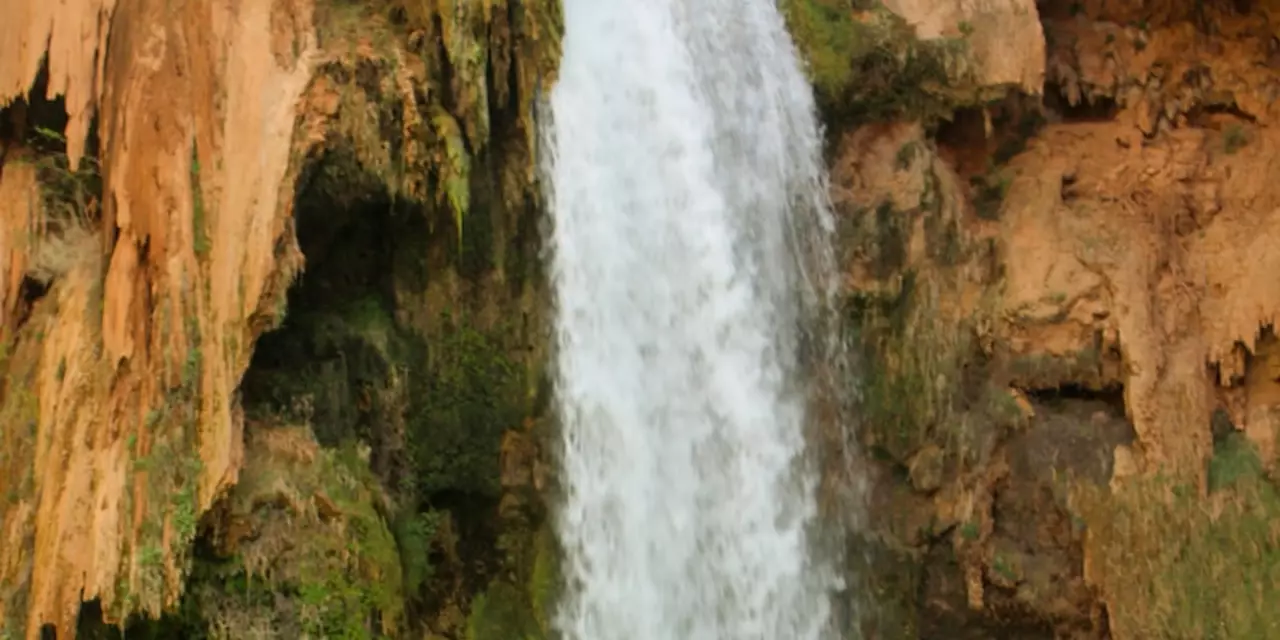Exploring the Social and Economic Challenges of Indian Reservations in the United States
The United States is home to a unique population of American Indian tribes, with thousands of Native American individuals living on Indian reservations. These reservations are sovereign nations, and although they are part of the United States, they have their own laws and customs. While some reservations have seen tremendous economic growth and development, many others have experienced significant economic and social challenges.The most pressing economic and social challenges facing Indian reservations are poverty, unemployment, and lack of access to health and educational services. The poverty rate on reservations is more than double that of the national average, and unemployment often reaches levels of 50 percent or higher. This has led to poor access to health and educational services, as well as limited economic opportunities.
In addition to economic and social challenges, many reservations are plagued by environmental issues. Native American tribes are often forced to live in areas with poor air and water quality, as well as limited access to clean drinking water. This can lead to health problems for the people living on the reservation, as well as a lack of economic development.
The United States government has attempted to address some of these challenges through the Indian Self-Determination and Education Assistance Act of 1975. This act provided tribes with the ability to manage their own affairs and access funding for educational and health services. However, many tribes have yet to reap the benefits of this act, as the funding is often inadequate.
Despite the challenges faced by Indian reservations, there have been some success stories. Several reservations have seen dramatic economic growth and development, with some even becoming tourist destinations. This shows that with the right resources and support, reservations can become vibrant and successful communities.
A Look at the History of Indian Reservations in the United States
The history of Indian reservations in the United States dates back to the late 1800s, when the US government began reserving land for Native Americans. This land was meant to be a safe haven for the indigenous peoples of the country and was intended to provide them with a measure of autonomy. However, over the years, the reservations have changed drastically, often leading to dire consequences for the people who live there.In the early days, the government used treaties to create reservations in the western part of the country. These treaties were often written to favor the US government and the white settlers, and they often left Native Americans with far less land than they originally had. Furthermore, the land was often of poor quality, and the treaties often included provisions that limited Native American sovereignty.
Since then, the US government has taken more steps to recognize the rights of Native Americans. In 1924, the Indian Citizenship Act was passed, granting citizenship to all Native Americans born in the US. This act has been seen as a major step forward, though it did not immediately resolve the issues facing Native Americans on reservations.
Today, Indian reservations are still plagued by a number of problems. Despite efforts to improve living conditions, poverty, unemployment, and substance abuse remain major issues. Furthermore, the US government has often failed to recognize the sovereignty of Native American nations, leading to grievances over land rights and other issues.
At the same time, there are many positive stories coming out of Indian reservations. Despite the challenges they face, many Native American nations have worked to preserve their culture and remain connected to their heritage. Moreover, there are a number of initiatives and organizations working to help improve the lives of Native Americans living on reservations.
The history of Indian reservations in the United States is complex, and it’s clear that much still needs to be done to ensure that Native Americans have the same rights and opportunities as other citizens. But, by understanding the history of these reservations, we can better understand the struggles that Native Americans face and work towards creating a more equitable future.
Examining the Educational Opportunities Available on Indian Reservations
The educational opportunities available to students on Indian reservations have long been a source of concern for many in the United States. Despite the fact that the federal government is obligated to provide educational opportunities for Native American students, the reality is that these opportunities are often limited due to lack of resources.In recent years, however, there has been a push to improve the quality of education available to students living on Indian reservations. Many tribes are working to establish their own school systems, which are often more culturally-relevant and tailored to the specific needs of the student population. Additionally, there is an increased focus on providing access to higher education and job training programs.
In addition to the efforts of individual tribes, the federal government has also made strides to improve the educational opportunities available to Native American students. This includes the creation of the Bureau of Indian Education, which provides assistance and support to Native American students and schools. Additionally, the government has made efforts to increase funding for tribal colleges and universities.
It is clear that there is still much work to be done in order to ensure that all Native American students have access to quality educational opportunities. However, there is hope that with continued efforts from both the federal government and individual tribes, the educational opportunities available on Indian reservations will continue to improve.
Investigating the Impact of the Indian Reorganization Act on the Lives of Native Americans on Reservations
The Indian Reorganization Act of 1934 was a historic piece of legislation intended to reverse the policies of previous administrations and to promote self-determination and self-governance among Native American tribes living on reservations. This legislation was groundbreaking in that it gave tribes the authority to form their own governments, manage their own land and resources, and develop their own economic and social systems. In addition, the Indian Reorganization Act provided financial support for the development of education and other services on reservations.Though the Indian Reorganization Act was a positive step forward for Native Americans, there is still much to be done to improve the quality of life on reservations. The federal government has failed to adequately fund many of the programs and services promised under the Indian Reorganization Act, leaving many tribes unable to take full advantage of the opportunities it provides. In addition, reservations have been plagued by poverty, inadequate healthcare, and lack of access to educational and employment opportunities.
To truly understand the impact of the Indian Reorganization Act on the lives of Native Americans living on reservations, it is important to look beyond the legislation itself and examine the conditions on the ground. This requires an in-depth study of the economic, social, and political conditions on reservations, and an exploration of the challenges tribes face in trying to make the most of the opportunities provided by the Indian Reorganization Act. Through this research, we can begin to understand the realities of life on reservations and the challenges Native Americans face, as well as the potential for creating positive change.


